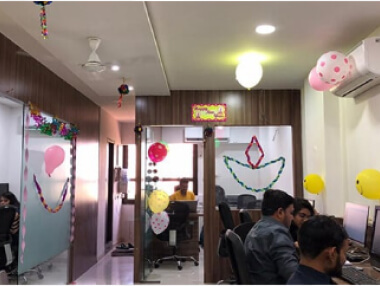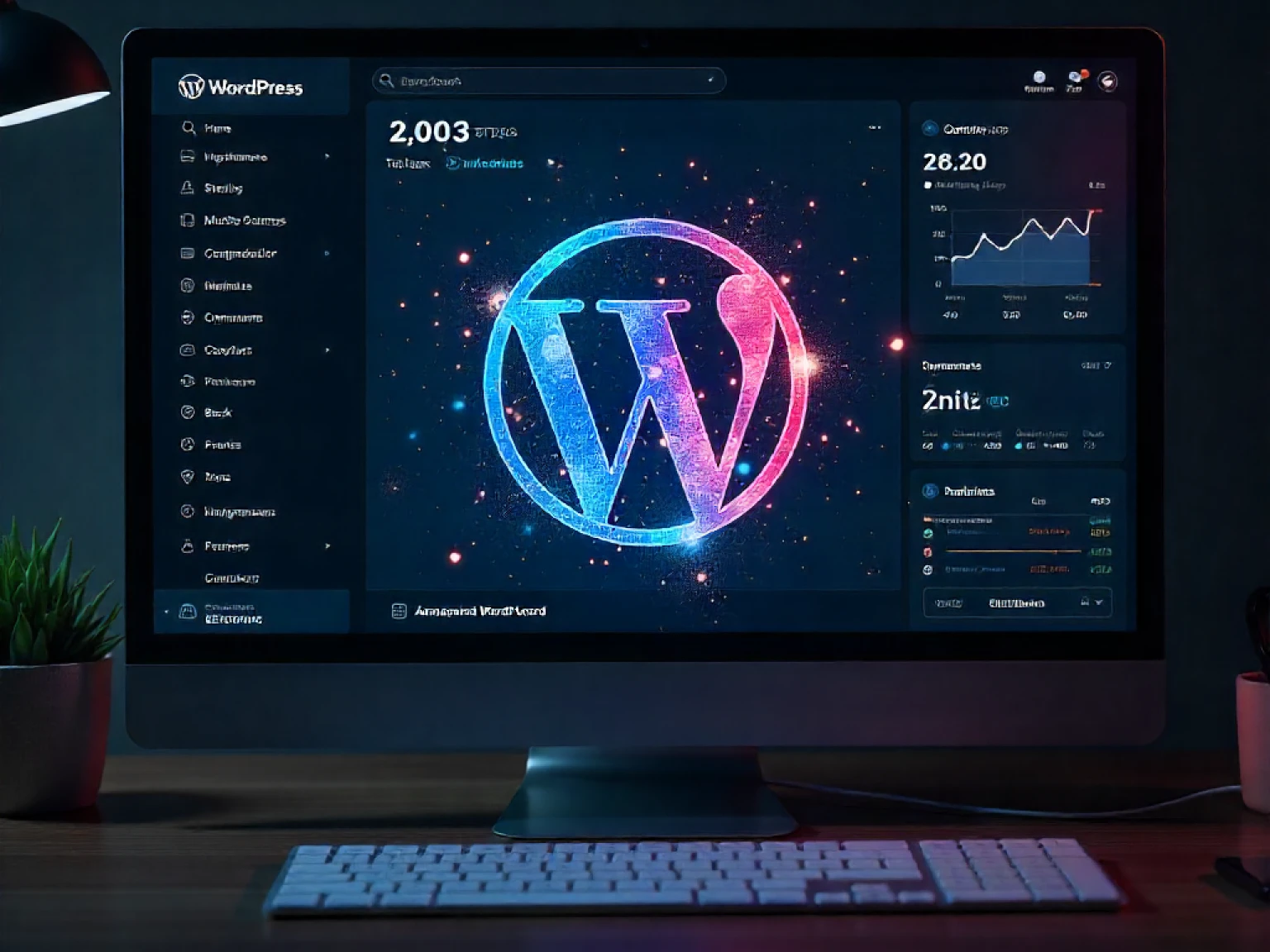As eCommerce evolves rapidly in 2025, many online store owners face a crucial decision: Should I migrate my existing store to Shopify or rebuild it from scratch? Both approaches can transform your digital business, but each serves different goals, timelines, and budgets. Understanding the pros, cons, and ideal scenarios of Shopify migration versus Shopify rebuilding will help you make a smarter, ROI-driven decision.
At Xceptive Solutions LLP, we’ve helped hundreds of global businesses transition to Shopify from legacy platforms like Magento, WooCommerce, and BigCommerce to modern, custom Shopify storefronts that deliver measurable growth. Let’s explore which path is best for your eCommerce goals.
Understanding Shopify Migration
Shopify migration involves transferring your existing online store including products, customers, orders, content, and SEO structure to Shopify. It’s ideal for businesses that want to upgrade technology while keeping their design and core structure relatively intact.
When Shopify Migration Makes Sense
- You’re satisfied with your current branding and UX but need a more stable, scalable platform.
- You’re moving from a self-hosted system (like WooCommerce or Magento) to Shopify for simplicity and security.
- Your current store faces performance issues or maintenance overloads.
- You want to maintain your product catalog, blog, and SEO rankings while upgrading.
According to Shopify Plus reports, brands migrating to Shopify typically see 25–35% faster page loads and 20% higher conversions post-migration due to streamlined hosting and optimized checkout.
Advantages of Shopify Migration
- Preserve SEO value: Proper 301 redirects and URL mapping prevent ranking drops.
- Faster launch: Migrations take less time than full rebuilds.
- Cost-efficient: Reuses design and structure elements.
- Data continuity: Keeps customer and order history intact.
Limitations of Shopify Migration
- Restricted flexibility if your old theme isn’t optimized for Shopify’s structure.
- Legacy issues (like poor UX or messy code) may persist after migration.
- Some third-party integrations might not transfer seamlessly.
Understanding Shopify Rebuilding
Shopify rebuilding (or redesign) means starting fresh creating a new store architecture, design, and user experience tailored to current customer expectations and business goals. This option suits brands ready for transformation rather than transition.
When Shopify Rebuilding Is the Right Choice
- Your current website is outdated or not mobile-friendly.
- You’re rebranding, expanding product lines, or targeting new markets.
- You want to adopt for superior speed and flexibility.
- Your existing platform limits your marketing automation or analytics setup.
Data from Statista shows that mobile eCommerce accounts for over 72% of global online sales in 2025 making a modern, mobile-optimized rebuild essential for long-term competitiveness.
Advantages of Shopify Rebuilding
- Complete design freedom: Modern UI/UX aligned with your brand goals.
- Better performance: Rebuilt stores use clean code, optimized images, and faster frameworks.
- Scalability: Ideal for growing brands and Shopify Plus users.
- Improved integrations: Easy connection with CRMs, ERPs, and custom apps.
Drawbacks of Rebuilding
- Higher upfront cost compared to migration.
- Longer development timeline (typically 8–12 weeks).
- Requires complete redesign and testing phases.
Shopify Migration vs. Rebuilding: A Comparison Table
| Factor | Shopify Migration | Shopify Rebuilding |
|---|---|---|
| Goal | Transfer existing store to Shopify with minimal changes | Completely redesign and build from scratch |
| Timeframe | 2–6 weeks | 8–12 weeks |
| Cost (approx. USD) | $3,000–$10,000 | $10,000–$50,000+ |
| SEO Retention | High (with redirects) | Needs reimplementation |
| Design Flexibility | Limited by existing structure | Full creative freedom |
| Best for | Businesses happy with their current look | Brands ready for full modernization |
Cost Considerations in 2025
Pricing depends on store size, data volume, custom integrations, and design scope. On average:
- Migration: $3,000–$10,000 for small to mid-sized stores.
- Rebuilding: $10,000–$50,000+ for complex or Shopify Plus projects.
Internal Links for Further Reading
Making the Right Choice: Migration or Rebuild?
If your store design still performs well but your backend is slowing you down, < strong > Shopify migration offers a cost-effective upgrade. But if your current system limits innovation, conversion, or scalability it’s time to rebuild on Shopify for long-term performance.
Xceptive Solutions LLP helps you assess both routes with data-backed insights, risk analysis, and custom proposals. We ensure smooth transitions, maintain SEO integrity, and future-proof your eCommerce store for 2025 and beyond.
Frequently Asked Questions (FAQs)
What’s the difference between Shopify migration and rebuild?
Migrating transfers your existing store to Shopify, while rebuilding involves creating a new design and structure from scratch.
Will migration affect my SEO?
With proper redirects and SEO mapping, migration can retain up to 95% of your SEO value.
How long does a typical Shopify migration take?
Usually between 2–6 weeks depending on data volume and app integrations.
When is a full rebuild better than migration?
If your store’s UX is outdated, slow, or lacks scalability, rebuilding ensures better performance and design freedom.
Can I migrate custom apps or plugins?
Yes, though some may require custom integration or replacement with Shopify-compatible apps.
How much downtime should I expect?
Minimal — expert agencies like Xceptive ensure smooth transitions without disrupting live sales.
Can I migrate from WooCommerce or Magento to Shopify?
Absolutely. Shopify supports direct data migration from most major eCommerce platforms.
Does rebuilding cost more than migration?
Yes, but rebuilding provides better long-term ROI with enhanced UX and scalability.
How can I ensure data accuracy during migration?
Through rigorous data validation, sandbox testing, and backup before the switch.
Why choose Xceptive Solutions LLP?
We combine Shopify expertise, migration tools, and creative design to deliver reliable, ROI-driven transitions for global brands.







